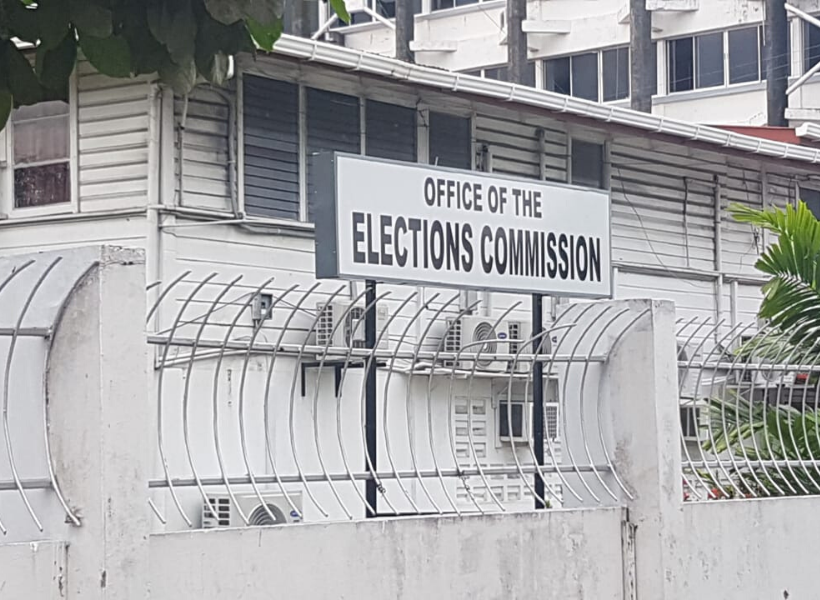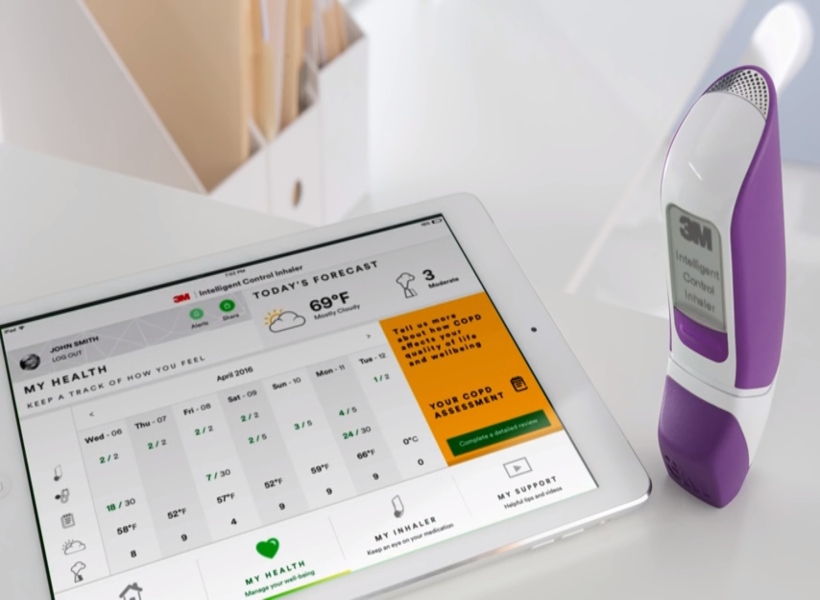There is no doubt that persons suffering from conditions such as asthma and lung disease are deserving of keen care and attention. In fact, medical experts usually have their work cut out for them in such cases since they are often entirely dependent on inhaled therapy to help these patients get better.
Moreover, as was concluded by US National Library of Medicine in its Journal of Aerosol Medicine and Pulmonary Drug Delivery (https://www.ncbi.nlm.nih.gov), inhaled therapy is the cornerstone the treatment of conditions since direct delivery of medication to the lung allows for optimal efficacy and safety. However, up to 94% of patients with asthma and COPD do not use their inhalers correctly, and they require multiple education sessions to maintain their technique.
An inhaler is a medical device (puff or pump) used for delivering medication into the body via the lungs. It is mainly used in the treatment of asthma and chronic obstructive pulmonary disease.
In a study published in 2015, the Journal sought to ascertain how patients respond to their inhalers.
The study found that pressurized metered dose inhalers (pMDIs) are the most commonly prescribed devices, but their correct use requires simultaneous device activation and inspiration, a challenge for many patients. In addition to coordination problems, elderly patients and patients with osteoarthritis or weak hands may not have the grip strength or dexterity needed to fire the inhaler. Although dry powder inhalers (DPIs) are breath activated and do not require the same coordination as pMDIs, more than 90% of patients fail to demonstrate the correct DPI inhalation technique. Actuating the DPI device is problematic for children, the elderly, and extremely breathless patients, who may not be able to achieve a fast and forceful enough inhalation to activate the device. Breathless patients may also not be able to maintain the 10 second breath-hold that is recommended immediately after inhalation. Poor inhalation technique may also be due to confusion if patients are using more than one type of inhaler. Considering all of these factors, patients with slow inspiratory flow (i.e., flow limitation) may be well suited to pMDIs if they can coordinate hand and breath maneuvers; whereas patients who can achieve an adequate inspiratory flow but who have problems with coordination may be better suited to DPIs.
Aside from patients’ issues, other factors contributing to poor inhalation technique include lack of knowledge of correct inhaler technique in healthcare professionals, and patient inhaler preference.
But as you can imagine researchers have long been putting measures in place to tackle the challenges faced by persons whose very survival are dependent on inhalers. And guess what, their breakthrough has already materialized in the form of a device called the ‘Smart Inhaler’.
According to Healthline (www.healthline.com), which prides itself with keeping track of authentic medical innovations, bluetooth-enabled smart inhalers is the way of the future.
It functions as add-on devices, which when clipped to existing inhalers send data to a smartphone app.
These devices are designed to detect inhaler use, remind patients to use their medication, encourage proper use of the device, and gather data about a patient’s inhaler use that can help guide care.
Each time the inhaler is used, it records the date, time, place, and whether the dose was correctly administered.
“This will provide valuable insight to determine how adherent patients are to their controller medications, as well as help us understand the patterns of when a patient experiences a flare,” said Tonya A Winders president and chief executive officer of the Allergy & Asthma Network Healtline reported.
Following on the heels of a clinical trial of the add-on smart inhaler device, researchers found that participants used less reliever medication, had more reliever-free days, and improved overall asthma control over a 12-month period.









